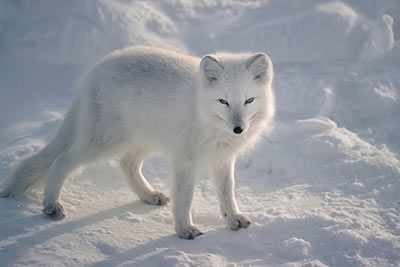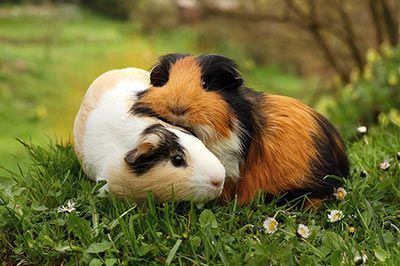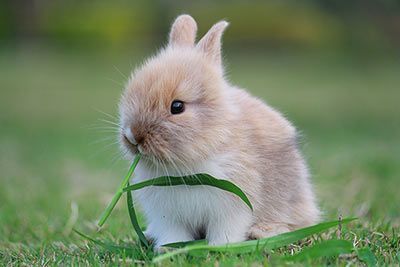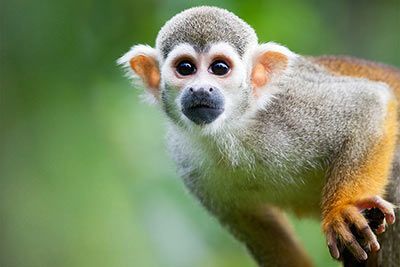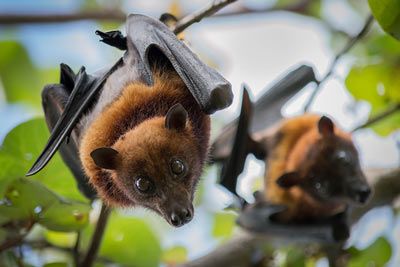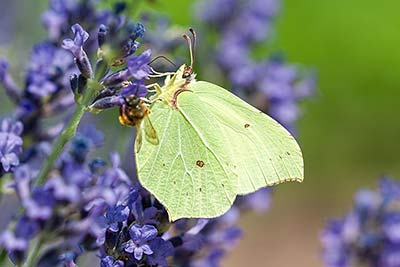Edible Dormouse
Edible Dormouse Facts
| Size | 5-7.4 inch (13-19 cm), tail 4.3-5 inch (11-13 cm) |
| Speed | Unknown |
| Weight | 4.2-5.2 oz (120-150 g) |
| Lifespan | 6-9 years |
| Food | Beechnuts, acorns, fruits, bark |
| Predators | Martens, domestic cats, owls |
| Habitat | Central and South Europe, Africa, Asia |
| Order | Rodents |
| Family | Dormice |
| Scientific name | Glis glis |
| Characteristics | Hibernates for 7-8 months per year |
Main Characteristics
The edible dormouse is a rodent that is known for spending most of the time of a year sleeping in its burrow.
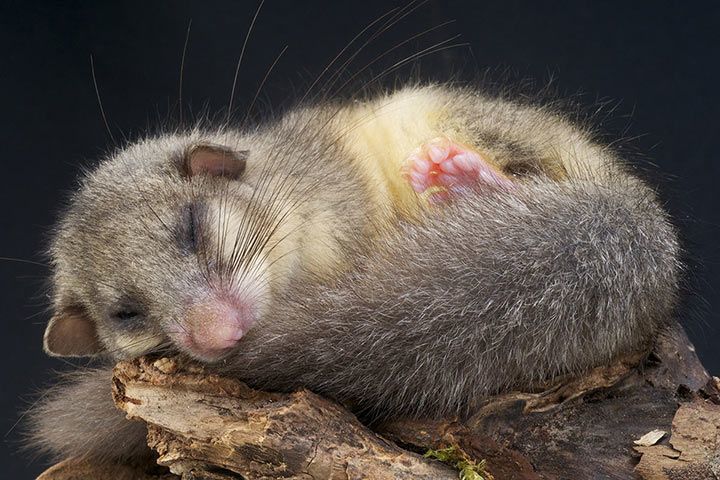
Species
Is It a Squirrel or a Mouse?
A squirrel? Much too small for this. A mouse? Much too big for this. The edible dormouse looks like a mix of both animals. Hazel dormice and animals with funny-sounding names like the spectacled dormouse, wooly dormouse and silent dormouse also belong to this group of animals.
Behavior
Hibernation
Edible dormice take a “little nap” once a year – mostly from October to May. It lasts 7-8 months. In some rare cases they even spend more than 11 months sleeping! During the cold period they withdraw into their burrow 1 to 3.2 feet (30-100 cm) underground, because they are well protected from ground frost there.
During the hibernation period, the body temperature of the dormouse falls to 37.4-41 degrees Fahrenheit (3-5 degrees Celsius), their heart only beats three to five times per minute, and they breathe only one to three times per minute.
Before hibernation, edible dormice properly stuff their bellies until they have doubled their weight – up to 0.6 lb (300 g). An adult male human being normally weighing about 176 lb (80 kg) would then have 352 lb (160 kg) – more than an average scale could measure.

Senses and Abilities
Jumping
Edible dormice mainly live in trees and jump from branch to branch. They can jump as far as 23-33 feet (7-10 meters) – similar to squirrels. Impressive considering how small they are. For comparison: The current Olympic long jump record for males is 29.3 feet (8.95 meters) – but only with a run-up of 131-164 feet (40-50 meters).
Sounds
During the day, edible dormice sleep in tree holes or bird houses. They only become active during the night and utter many different sounds then. They trill, whistle, murmur, squeak and chirp. They are so loud that they are sometimes mistaken for burglars when they accidentally enter a house.
What Happens if an Edible Dormous Looses Its Tail?
If an edible dormouse lost its tail during a fight with an enemy, it grows again like the tail of a lizard.
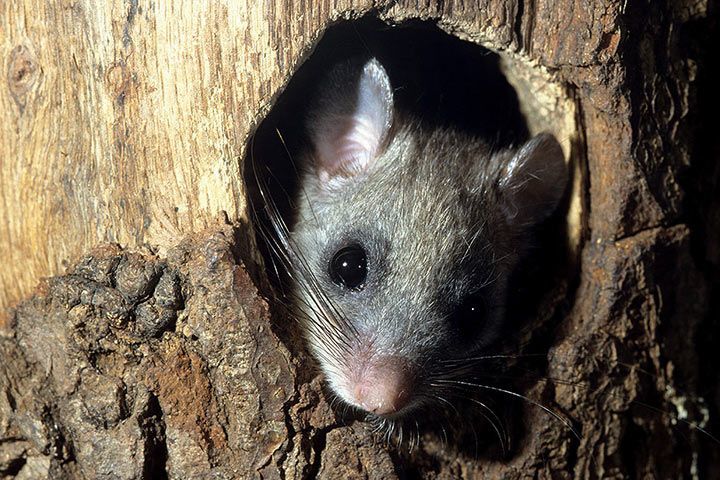
Life Expectancy
For a little rodent, the edible dormouse has an exceptionally long life expectancy: up to nine years. For comparison: Squirrels, common hamsters and field mice hardly ever get older than two or three years.
Reproduction
Edible dormice mate shortly after waking up from hibernation. After a gestation period of 30 days, the female edible dormouse gives birth to four to six babies. They only weigh about 0.14 oz (4 g) (= 1 sugar cube) and are blind and naked at first. They open their eyes after 25 days.
„Looking for a Bird House for Nesting“: Edible dormice like to build their nests in sheds, aisles and under the floor. The little rodents also like to settle in abandoned nesting boxes and pad them out with mosses, leaves and blades of grass.
Fun Facts
Edible Dormouse as a Meal
The ancient Romans actually appreciated the edible dormouse as a delicious meal! Poor dormice!
The Edible Dormouse Is Related To:
- Hazel Dormouse
- Squirrel
Animals in the Same Biome:
More information: Edible dormouse on the NABU Leverkusen website (German Nature and Biodiversity Conservation Union; opens a new browser tab)
- Watch Now on animalfunfacts.net:
-
 All About Hibernation
All About Hibernation













